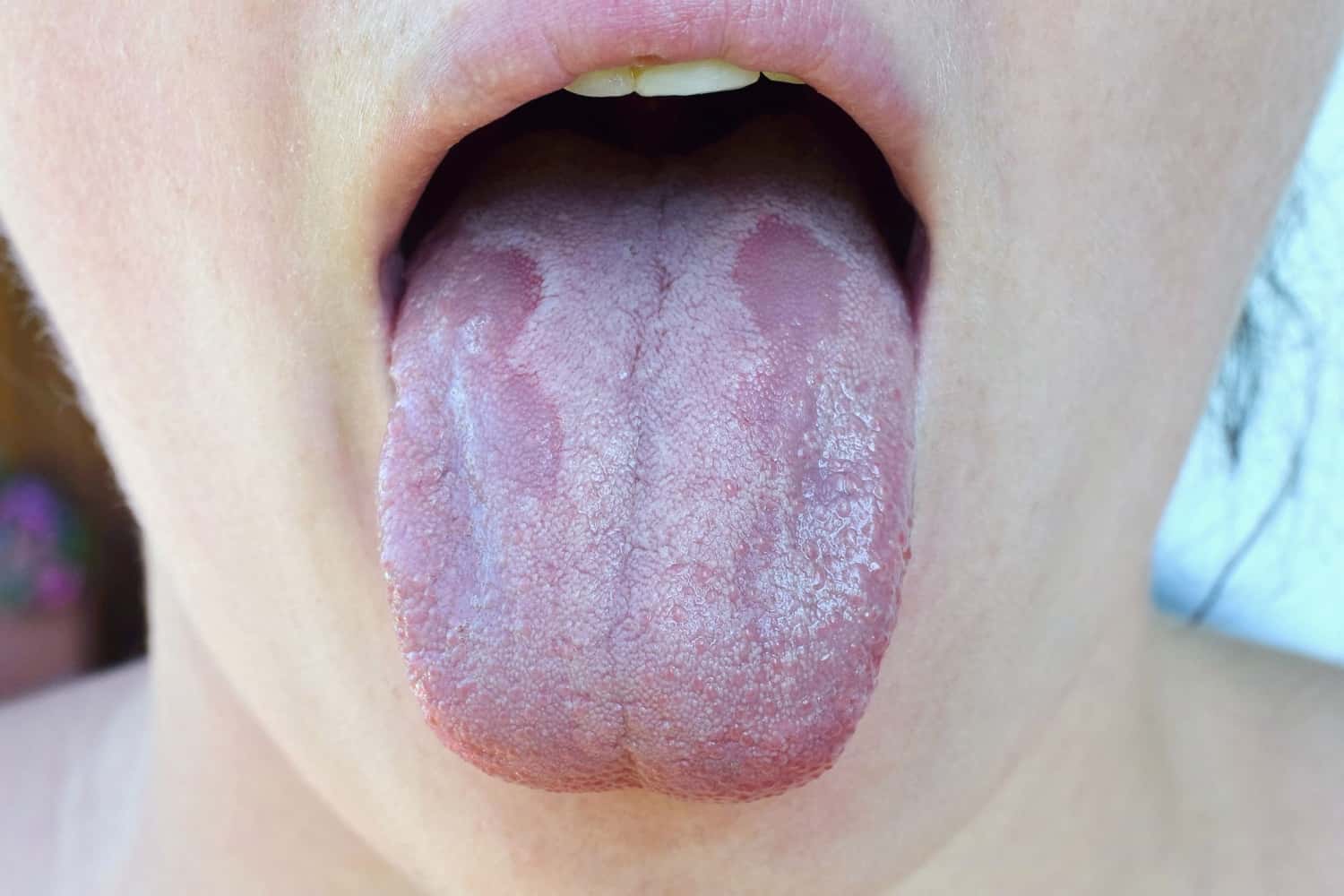Thrush symptoms are also known as candidiasis is caused due to the infection spread by yeast growth. The infection crops up when the balance of the already present yeast and the bacteria gets bungled. This form of infection is known to affect both sexes and is noted in the genital area and in the mouth.
Thrush Causes:
- Thrush could be caused due to a host of reasons like the consequence of pregnancy, some form of ailments like diabetes, wearing odd or tight fitted undergarments, and overdoing the cleaning routine of the genitals.
- Those undergoing chemotherapy sessions or on the antibiotic course are also known causes. It could be spread via sexual contact and also from the mouth or from the fingers.
Presence of neutropenia – decreased number of granulocytes in the blood is also one of the causes. - Those having the very atypical genetic ICF syndrome typified by weakened immune systems.
- Extreme iron deficiency.
- Those having Type 2 diabetes or a family history of diabetes are more prone to thrush.
- HIV.
- The intake of certain drugs, toxins, or medications might perhaps lead to Thrush as a side effect that includes Zefazone, Acne-sol powder, tetracycline capsules, tetrex, doxycycline.
Thrush Symptoms:
- The prevalent Thrush Symptoms are sensations of itchiness and burning in the region covering the lips of the vagina. The itchiness leads to burning due to the individual’s repeated efforts to relieve the itch.
- In certain situations, the trauma experienced in the location could lead to bleeding when the skin faces damage. When the itchiness escalates, there is inflammation and swelling in the tissues locally present near the vaginal and vulva area.
- One of the common Thrush Symptoms the occurrence of an unnatural, thick consistency and at times foul-smelling discharge developing in varying amounts among those persons affected with thrush that is clearly not the normal-appearing vaginal discharge.
- Unnaturally decreased urination, sudden runny diarrhea, abscess, heightened dip in systolic pressure, sharp joint pain, acidosis, acne, high fever, unnatural hair growth, or anal fissure in children and herpes alike vaginal ulcers. There is coldness, numbness, swelling, tingling, and blueness in the ankles, arms, breasts, buttocks, cheeks, chin, calf, and back.
Diagnosis and Tests:
- If thrush is localized in the oral region then a diagnosis is done by merely observing the lesions, though at times a small sample is sent for microscopic examination to corroborate the diagnosis.
- If oral thrush is doubted then a physical exam is carried out after which some blood tests are recommended.
- If thrush is noted in the esophagus that is a grave condition then either a throat culture or endoscopic examination is recommended by the doctor.
Thrush Treatment:
- The burning and itchiness are allayed by the cold compression packs or cold baths. These packs need to be swathed by a protective layer of either cotton or face cloth that must be thrown away along with the pack following use to avert re-infection.
- Certain topical applications for the treatment of skin ailments like nappy rash could also prove beneficial in relieving irritation. It is crucial to maintain proper hygiene at all times by washing hands prior to and subsequent to having any contact with the genital area.
- There a myriad of home remedies, soothing aloe vera based products that are quite beneficial. Though in the case of oral thrush this cannot be employed.
- The doctor would prescribe anti-fungal medications that are available in cream, tablet, and pessary forms depending upon the Thrush Symptoms.
- Thrush is commonly noted in young babies in the mouth area that is transmitted during delivery via the vagina or due to inadequate hygiene used in handling teats and dummies.
- If one is doubtful that the child has thrush, then one must talk to the doctor who would suggest an oral prescription. Mostly thrush in babies is caused due to milk deposits left in the baby’s mouth.
- In breastfeeding mothers whose babies have oral thrush, both must be treated.
- Those with oral thrush are benefited by consuming plain yogurt or having acidophilus capsules or liquid as they aid in the restoration of the normal bacteria within the body.
- Candida albicans are known to have resistance to antifungal medications especially in those with advanced HIV disease. In these scenarios, a medication called amphotericin B has been recommended if other medications prove unsuccessful.
- Certain anti-fungal medicine could lead to liver damage, hence the doctor could ask for a liver function test to be carried out particularly when one would need protracted periods of treatment or a past liver ailment.
ThrushPossible Complications:

- The thrust infection has a high probability of relapse despite being treated. In those with weak immune systems, thrush could be a grave condition.
- Those with HIV could particularly have extreme symptoms in the mouth and esophagus that could make eating quite painful and troublesome.
- If the infection passes on to the intestines, then there are major chances of malnutrition.
- For those with cancer or other medical conditions, the thrush is more prone to spread to other body parts with the most affected being the digestive tract, lungs, and liver.
Prevention:
- Maintaining adequate hygiene at all times, avoiding excessively cleaning of the genital area as it can lead to the removal of the normally present useful bacteria that maintain optimal levels of the innately occurring yeast under control.
- A mere wipe around the vulva region with water would be adequate for maintaining hygiene.
- Avoiding ill or tight-fitting undergarments particularly in warm climatic conditions that have the potential to allow both the bacteria and the yeast to thrive.
- Regularly changing sanitary wear and opting for products that suit. Always wiping from the vagina to the rectum, i.e., front to back direction subsequent to going to the toilet as the bacteria from the rectal area could spread to the vagina and urethra if done otherwise.















